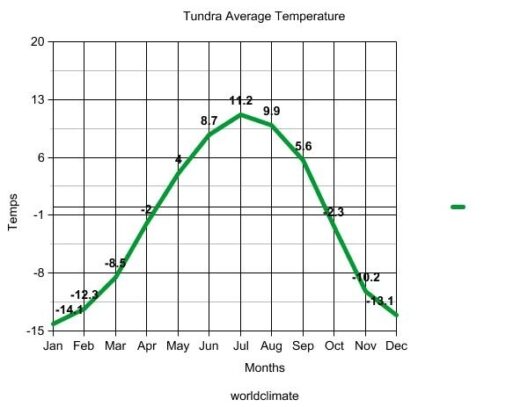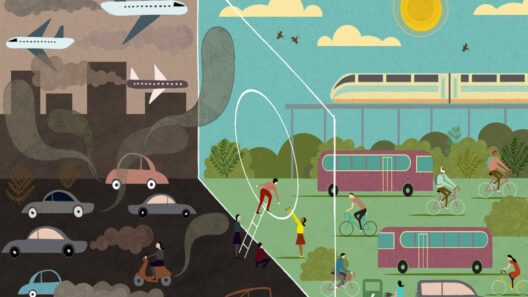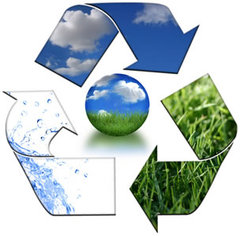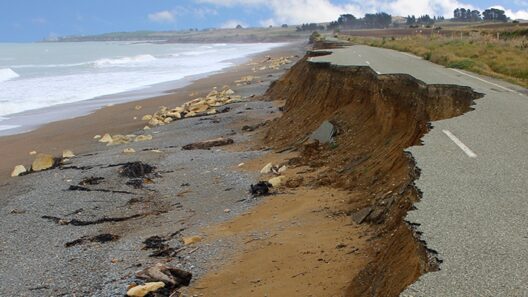Have you ever considered the chilly days of winter and wondered if they mean that global warming is just a myth? Today, we’ll take a closer look at this common question—does cold weather disprove global warming? It’s a fascinating topic that combines science, weather patterns, and our love for understanding how the planet works.
Let’s start by discussing what global warming means. Global warming refers to the long-term increase in the Earth’s average surface temperature due to human activities, primarily the burning of fossil fuels, which releases greenhouse gases into the atmosphere. These gases trap heat from the sun, creating a “greenhouse effect.” You might think, “If the world is getting warmer, how can it be so cold outside?” This is a question many people have when they experience particularly frigid temperatures.
First, it’s important to clarify that weather and climate are not the same. Weather represents short-term atmospheric conditions in a specific place at a specific time. For instance, today’s temperature, the rain you might see, or the snow falling in your backyard are all part of the weather. In contrast, climate refers to long-term patterns and averages of weather in a particular area over a longer period—typically 30 years or more. So when we talk about winters that seem too cold, we need to keep this difference in mind.
Now, let’s delve deeper into how global warming can coexist with colder weather. One significant factor is the concept of climate change. Climate change refers to significant changes in global temperatures and weather patterns over time. While it is true that the average global temperature is rising, this does not eliminate the occurrence of extremely cold weather events. In fact, climate change may disrupt regular weather patterns, leading to unforeseen results such as colder spells in some places.
One proposed explanation for this phenomenon is known as the “polar vortex.” The polar vortex is a large area of low pressure that typically exists in the polar regions. Under normal circumstances, it is stable and contains the cold air. However, due to warming in the Arctic, this vortex can become weaker or even split, allowing frigid air to move southward into areas where it’s usually milder. So, a record-breaking cold snap in the Midwest or Northeast may very well be the result of a shifting polar vortex caused by climate change, not a contradiction of it.
Moreover, the Earth’s climate system is incredibly complex, encompassing numerous factors that create weather patterns. Ocean currents, jet streams, and geographical features like mountains all play a role in shaping the climate. For example, El Niño and La Niña are two significant ocean phenomena that can greatly influence temperatures and precipitation patterns across large areas of the globe. These patterns are natural but can interact with the warming climate to produce unpredictable weather phenomena, including unusually cold winters.
Additionally, it’s vital to remember that climate change does not mean that every winter will become warmer. Year-to-year variability in weather can still lead to cold years, even in a generally warming climate. Over time, as greenhouse gases continue to accumulate, we can expect an overall trend toward warmer winters but with occasional cold snaps. Those cold snaps don’t disprove global warming; instead, they exemplify its complexity.
To simplify this concept further, think of your favorite ice cream shop. On some days, it’s super hot and you feel like indulging in a cool treat. Other days, when it’s chilly outside, you might not crave ice cream as much. However, just because one day is cold doesn’t mean that summer will never come again. The seasons change, and while winter can feel long, it ultimately gives way to spring and summer. The same principle applies to our planet’s climate; cold days can exist in the context of a broader warming trend.
It’s also crucial to understand the role that human activity plays in climate change. Deforestation, excessive carbon emissions from vehicles and industry, and other human-induced factors have led to an increase in greenhouse gases in the atmosphere. These gases trap heat in the Earth’s atmosphere, contributing to global warming. By recognizing this responsibility, we understand that combating climate change is essential, even in the face of cold weather events.
As an environmental activist, it’s vital to recognize the importance of addressing climate change and understanding the nuances of global warming. While we may experience wild fluctuations in weather, the science tells us that the long-term trend points towards a warming planet. Therefore, rather than allowing a cold winter to instill doubt in the existence of global warming, we should focus on the greater picture—every facet of climate change and how we can work toward a healthier planet.
In conclusion, cold weather does not disprove global warming. Instead, it highlights the complexity of our climate system. The intersection of short-term weather events and long-term climate trends can often be confusing, but understanding these concepts is fundamental to grasping the reality of climate change. So next time it’s freezing outside and you hear someone question global warming, you’ll be well-equipped with a kid-friendly explanation, showcasing how even the coldest days can illuminate the warming world we live in.







